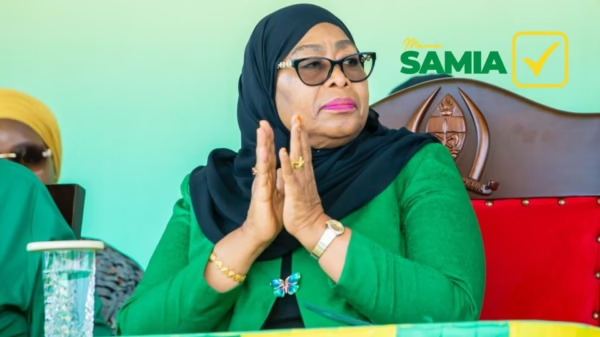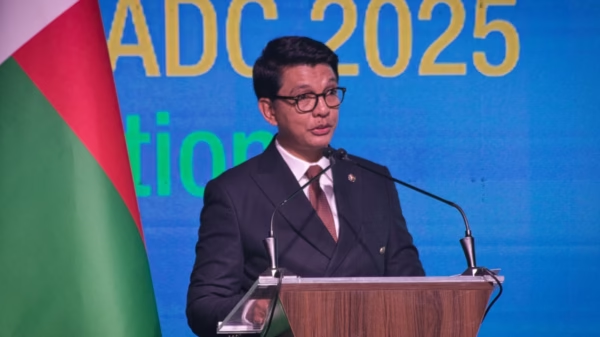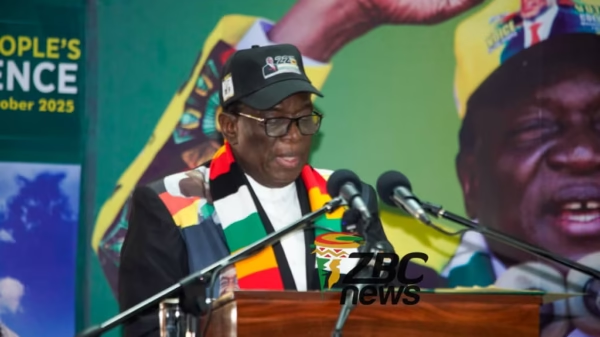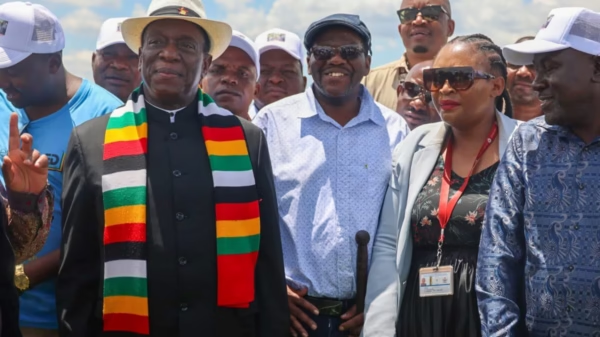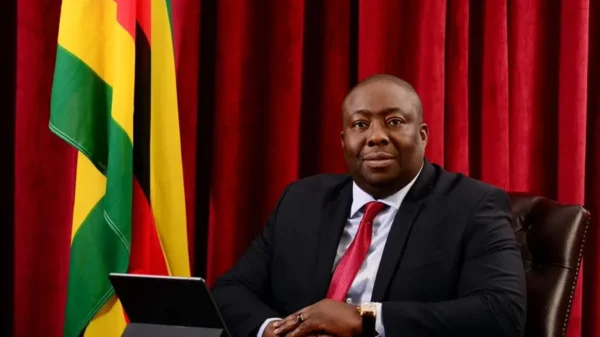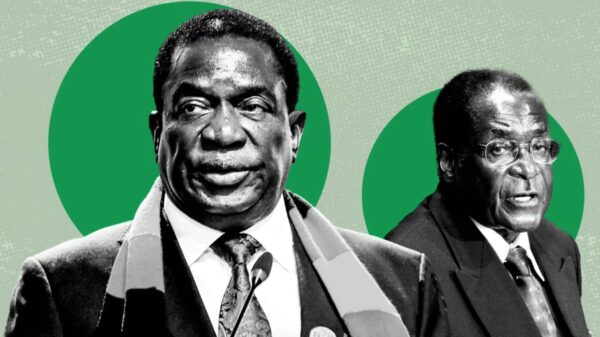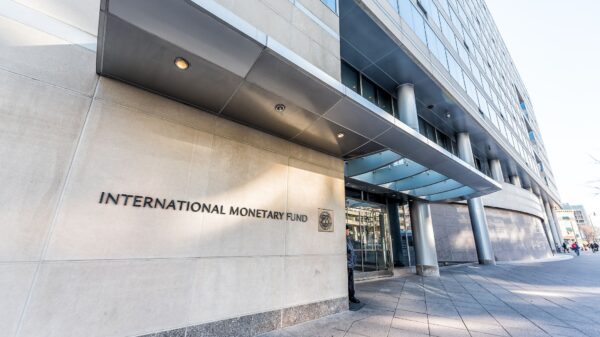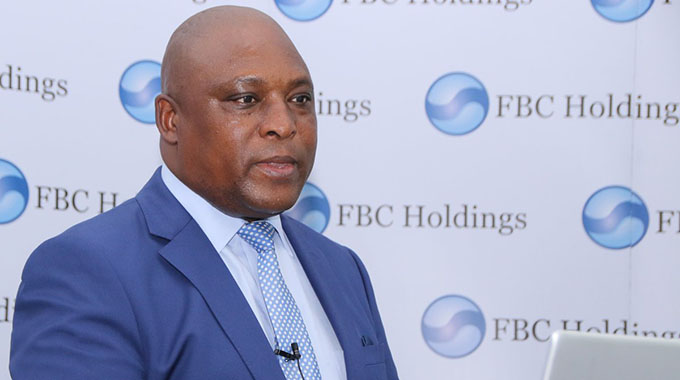Dr. John Mushayavanhu, the recently appointed Governor of the Reserve Bank of Zimbabwe, is preparing to introduce a groundbreaking currency, adding another chapter to the country’s economic journey. Zimbabweans, already cautious from past currency troubles, are apprehensive about this latest monetary endeavor.
The proposed introduction of this structured currency, initially announced in early February, has left Zimbabweans on edge as they await the Monetary Policy statement, now overdue by two months. The delay exacerbates existing distrust and confidence issues, stemming from past economic crises, notably the hyperinflation debacle of 2008 and the introduction of the contentious green 2-dollar bond notes in 2016.
Speculation runs rife as to the nature and underpinnings of this novel currency. It is anticipated to deviate from conventional fiat currencies, instead backed by tangible assets, loans, or guarantee facilities, potentially even leveraging the nation’s mining reserves. John Mushayavanhu
President Emmerson Mnangagwa’s statements hint at a decisive shift towards the exclusive use of the local currency, echoing sentiments expressed during the 9th CEO Africa Roundtable conference and his inauguration for a second term.
Despite government assurances, the market remains skeptical, with the multi-currency system guaranteed until December 2025 facing impending dismantlement.
Amidst the intricate economic landscape, the concept of a structured currency emerges, distinct from traditional fiat currencies, with its value tethered to tangible assets. However, questions linger regarding its feasibility and potential to alleviate currency volatility and inflationary pressures.
As Zimbabwe navigates through this monetary labyrinth, memories of past currency iterations resurface, from the Rhodesian dollar to the ill-fated bond notes and the recent introduction of gold-backed digital currency. Each transition reflects the nation’s enduring quest for stability amidst economic turbulence.
Yet, as the nation awaits the unveiling of this latest currency iteration, skepticism abounds, fueled by a history marred by monetary missteps and uncertain economic futures. Only time will reveal the fate of Zimbabwe’s latest foray into monetary innovation, amidst a landscape fraught with economic uncertainties.

For comments, Feedback and Opinions do get in touch with our editor on WhatsApp: +44 7949 297606.







